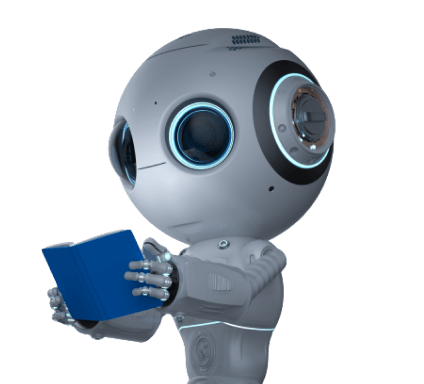Results for ""
Machine learning teaches computers to behave like people by exposing them to previous data and predicting future events. This section examines fascinating machine learning techniques, including the Min-conflicts algorithm, Incremental learning, and k-means clustering.
Min-conflicts algorithm
The min-conflicts algorithm is a search algorithm used in computer science to resolve constraint satisfaction issues. The procedure randomly chooses a variable from the collection of variables with conflicts breaking one or more constraints of a constraint satisfaction issue. Finally, it selects a value at random if there are multiple values with a minimal amount of conflicts. This random variable selection and min-conflict value assignment are repeated until a solution is found or the predetermined maximum number of iterations has been achieved.
Incremental learning
In computer science, incremental learning is a type of machine learning in which the model is continually trained by adding new input data to its knowledge base. It is an example of a dynamic supervised and unsupervised learning technique that can be used when training material is too large to fit in system memory or becomes progressively available over time. Incremental machine learning algorithms are those that can help in incremental learning.
In addition, incremental learning is naturally supported by many conventional machine learning algorithms. It is possible to modify other algorithms to promote incremental learning. Decision trees, decision rules, artificial neural networks (RBF networks, Learn++, Fuzzy ARTMAP, TopoART, and IGNG), and incremental SVM are a few examples of incremental algorithms.
With incremental learning, the learning model should be able to adapt to new data without losing sight of its prior understanding. Others, known as stable incremental machine learning algorithms, learn representations of the training data that are not even partially forgotten over time, in contrast to some total learners that have built-in some parameter or assumption that governs the usefulness of old data. These second strategies include fuzzy art and topoart. Furthermore, when dealing with massive data or data streams, incremental algorithms are widely used to handle the problems of data availability and resource scarcity, respectively. For example, user profiling and stock trend forecasting are two data streams in which new data is continuously available. Therefore, faster categorization or forecasting times are sought after by applying incremental learning to large amounts of data.
k-means clustering
The goal of k-means clustering is to divide n observations into k clusters, where each observation belongs to the cluster with the closest mean (also known as the cluster centroid or cluster centre), which serves as a prototype for the cluster. As a result, the data space is divided into Voronoi cells. The geometric median is the only one that minimizes Euclidean distances; k-means clustering minimizes within-cluster variances (squared Euclidean distances) but not regular Euclidean distances, which would be the more challenging Weber problem. For instance, k-medians and k-medoids can be used to find better Euclidean solutions.
Although the problem is computationally challenging (NP-hard), effective heuristic algorithms quickly reach a local optimum. These often follow an iterative refining strategy used by k-means and Gaussian mixture modelling, similar to the expectation-maximization procedure for mixtures of Gaussian distributions. They both employ cluster centres to represent the data, but the Gaussian mixture model allows for different-shaped clusters. In contrast, k-means clustering tries to discover clusters of equivalent spatial dimensions.
Furthermore, the popular supervised machine learning technique for classification is known as the k-nearest neighbour classifier, which is frequently confused with k-means due to its name. The unsupervised k-means algorithm has a loose link. New data is sorted into existing clusters by applying the 1-nearest neighbour classifier to the cluster centres produced by k-means. It is sometimes referred to as the Rocchio algorithm or the nearest centroid classifier.






